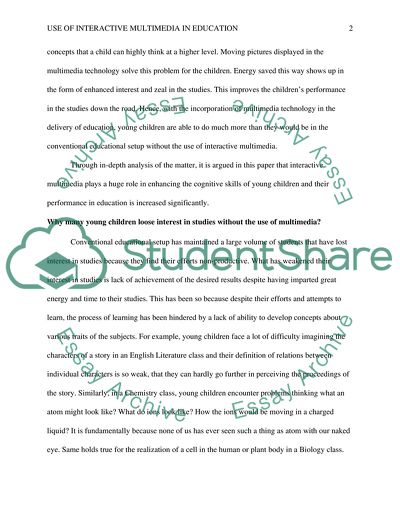Cite this document
(How Interactive Multimedia Affects Young Children Essay, n.d.)
How Interactive Multimedia Affects Young Children Essay. Retrieved from https://studentshare.org/media/1572108-how-interactive-multimedia-affects-young-children
How Interactive Multimedia Affects Young Children Essay. Retrieved from https://studentshare.org/media/1572108-how-interactive-multimedia-affects-young-children
(How Interactive Multimedia Affects Young Children Essay)
How Interactive Multimedia Affects Young Children Essay. https://studentshare.org/media/1572108-how-interactive-multimedia-affects-young-children.
How Interactive Multimedia Affects Young Children Essay. https://studentshare.org/media/1572108-how-interactive-multimedia-affects-young-children.
“How Interactive Multimedia Affects Young Children Essay”, n.d. https://studentshare.org/media/1572108-how-interactive-multimedia-affects-young-children.


